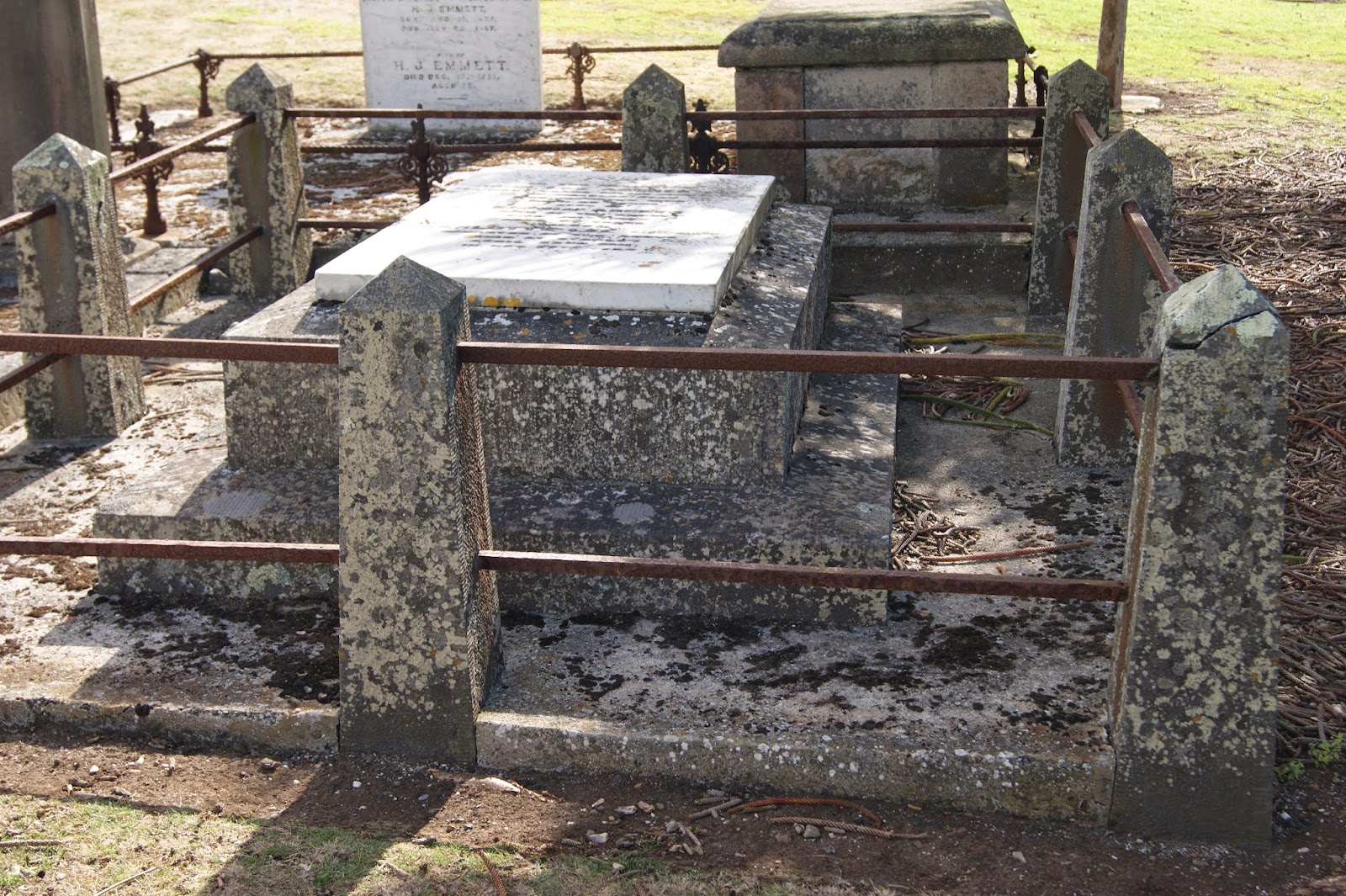The development of the movement saw the formation of numerous Temperance societies across the empire where members would sign a pledge to abstain completely from the consumption of alcohol or at least exercise moderation. The societies actively lobbied the governments of the day to create laws that severely restricted the sale of alcohol. As during this time, pubs were the main public meeting places available, the societies were often forced to construct coffee palace and temperance halls in order to provide themselves with an alternative to the pubs.
The Tasmanian Temperance Alliance was formed in Hobart in 1850. Soon after the origin of the organization, the Alliance Rooms in Macquarie Street were purchased, and had remained in their possession for a number of years. By 1884, the building had been found to be inconveniently situated, and otherwise unsuitable. It has been thought advisable to secure a more suitable site and the committee hoped soon to be in a position to recommend a solution to its members.
By 1890, the Alliance had been able to purchase land in Melville Street, Hobart and have constructed for its use, a large hall for alcohol free public entertainment. The building was constructed in a classical design and the building was said to have been so well constructed that the acoustic properties of the hall were said to be fully free of any echo. An amazing achievement for the time. The hall was ultimately used to present lectures, musical concerts and performances, tea dances and variety performances.
The Tasmanian Temperance Alliance maintained its ownership of the building until 1922 when they sold the property and it became the Bijou Theater. This venture was not a commercial success. It was used briefly as a furniture store in the mid-1920s, and eventually remodelled as the Avalon cinema in 1932, becoming the venue for the production of both Paramount and British Dominion films. A new modern sound system was installed and the seating was rearranged to accommodate 900 patrons. The ground floor entry was remodeled but the upper floor façade was left unaltered.
The building still retains this appearance and the building was acquired in 1977 and has since been used for various commercial businesses including the Brunacci Avalon Markets which is a popular local weekend marketplace.
Main Text & Information Sources –
“The Story Of central Hobart – Street By Street” – Donald Howatson
Trove Website - The Mercury 29th May 1884
Historic Photos –
University of Tasmania Online Library - Temperance Hall Crowd
LINC Tasmania - Temperance Alliance Building
Brunacci Indoor Market website - Avalon Market

















































